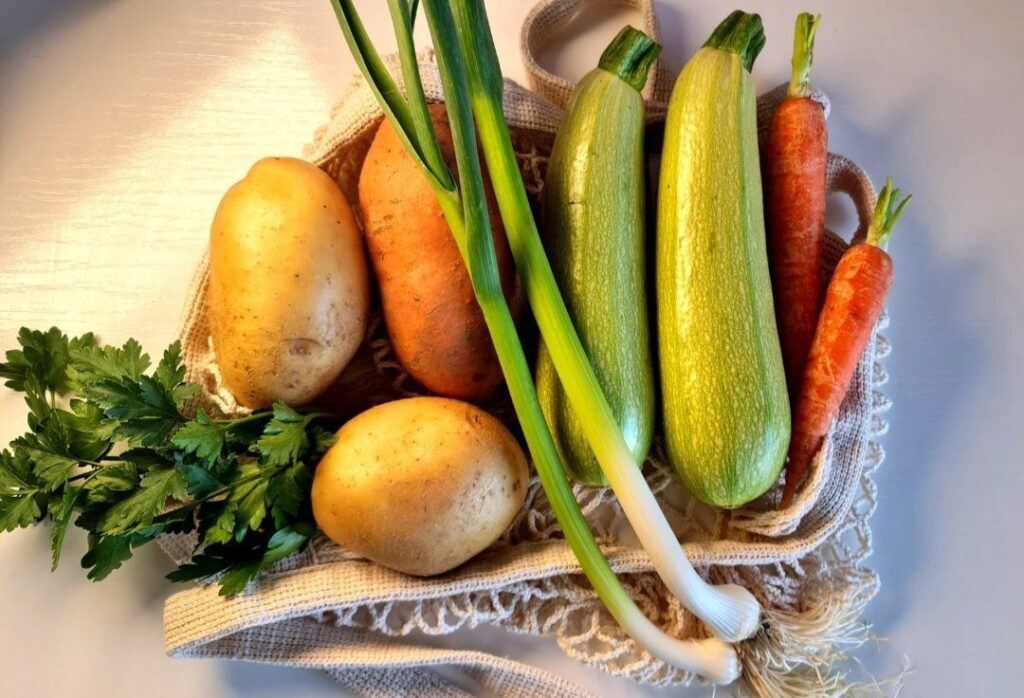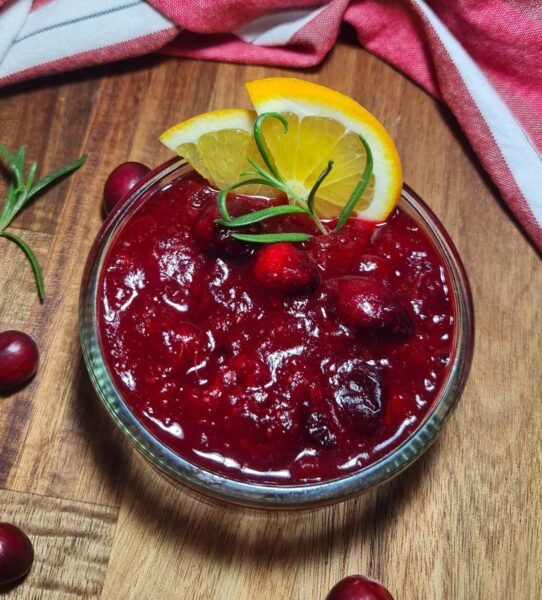Embracing a vegan lifestyle isn’t just about what you exclude from your plate; it’s about the innovative and delicious ways you can elevate your culinary creations. Navigating the world of vegan cooking may seem overwhelming at first, but with these 12 essential hacks, you’re well on your way to becoming a plant-based kitchen pro. Each hack is designed to simplify your vegan cooking experience. Embrace the adventure, savor the flavors, and relish in the joy of creating wholesome, plant-powered meals. Welcome to the world of vegan cooking—it’s deliciously rewarding.
1. Flaxseed Eggs
Say goodbye to traditional eggs and hello to flaxseed eggs! These simple substitutes, made by mixing ground flaxseeds with water, work wonders in binding ingredients together. Perfect for baking, flaxseed eggs maintain moisture and structure, ensuring your muffins, pancakes, and cookies come out just as delicious as their non-vegan counterparts.
2. Nutritional Yeast for Cheesy Taste Sensation
Unlock the secret to a cheesy flavor without dairy by incorporating nutritional yeast into your dishes. Whether sprinkled on popcorn, stirred into sauces, or added to vegan mac ‘n’ cheese, this deactivated yeast adds a savory umami kick and a nutrient boost, including essential B-vitamins.
3. Chia Pudding: A Nutrient-Packed Dessert or Breakfast
Discover the simplicity of chia pudding, a nutritious and satisfying treat. Mix chia seeds with your favorite plant-based milk, let it sit overnight, and wake up to a pudding-like consistency. Customize with fruits, nuts, or sweeteners for a versatile dish that can serve as dessert or a wholesome breakfast.
4. Homemade Dairy-free Milk
Avoid store-bought plant milks loaded with additives by making your own at home. Blend soaked nuts or seeds (like almonds or oats) with water, strain, and voila! Homemade dairy-free milk allows you to control sweetness, thickness, and flavor, ensuring a perfect match for your recipes.
5. DIY Veggie Broth from Scraps
Don’t discard vegetable scraps; transform them into a flavorful broth! Collect onion peels, carrot ends, and other veggie remnants, simmer with water, and strain for a homemade vegetable broth. Use it as a base for soups, stews, or to add depth to various dishes.
6. Frozen Banana Ice Cream
Indulge your sweet tooth guilt-free with frozen banana ice cream. Simply blend frozen bananas until creamy, and you have a dairy-free, naturally sweetened treat. Experiment with additions like cocoa powder, nuts, or fruit for a personalized touch.
7. Mindful Meal Planning: Key to Balanced Vegan Living
Navigate the world of veganism with ease by incorporating mindful meal planning. Consider nutritional balance, diversity, and simplicity when crafting your meals. Planning ahead not only ensures a well-rounded diet but also saves time and reduces food waste.
8. Cashews for Creamy Base: A Vegan Kitchen Staple
Cashews are your ticket to a creamy and decadent culinary experience. Soak and blend them with water to create a versatile cream base for sauces, dressings, or desserts. Cashews add richness without the need for dairy, making them a go-to ingredient for vegan chefs.
9. Aquafaba Creations: Chickpea Brine Magic
Explore the wonders of aquafaba, the liquid from canned chickpeas, as a vegan egg white substitute. Whip it into peaks for meringues, use it as a binder in baking, or create a fluffy topping for pies. Aquafaba is a versatile ingredient that opens up a world of creative possibilities in the kitchen.
10. Grilled Veggie Flavor Bomb
Elevate the taste of your vegetables by grilling them to perfection. The smoky, charred flavor adds depth to your dishes. Experiment with different marinades or simply brush veggies with olive oil, sprinkle with herbs, and grill for a delightful and nutritious side or main dish.
11. Explore the World of Plant-Based Proteins:
Diversify your protein sources by exploring the vast world of plant-based alternatives. From beans and lentils to tofu and tempeh, there’s a myriad of options to meet your protein needs. Experiment with different textures and flavors to find your favorites and keep your meals exciting and satisfying.
12. Keep it simple: Minimalist Vegan Cooking
In the midst of exploring new ingredients and techniques, remember the beauty of simplicity. Some of the most delicious vegan dishes are born from a few quality ingredients. Embrace the simplicity of plant-based cooking, allowing the natural flavors of your ingredients to shine.
Bonus: Tofu Pressing – The Secret to Tofu’s Best Texture
For a firm and flavorful tofu, pressing is the key. Remove excess water from tofu by placing it between paper towels and applying gentle pressure. This step enhances tofu’s ability to absorb flavors, resulting in a more satisfying and delicious end product.

With these 12 cooking hacks, your journey into the world of plant-based cooking is set to be a culinary adventure. From creative substitutes to flavor-enhancing techniques, each hack opens a door to a world of possibilities for delicious, vegan-friendly meals. So, don your apron, stock up on veggies, and get ready to redefine the art of vegan cooking in your kitchen. Your taste buds—and the planet—will thank you.
Which of these vegan cooking hacks are you most excited to try in your kitchen? Or do you have a favorite plant-based cooking tip that’s not on the list? Share your culinary wisdom with the community!


